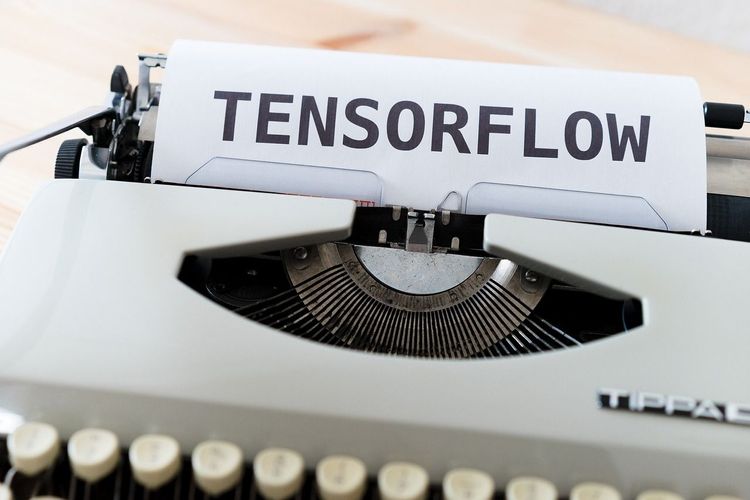The ChatGPT chatbot is a cutting-edge AI tool developed by OpenAI, featuring two primary versions: GPT-4 and GPT-3.5. While both versions compete in impressive ways, certain key differences could be crucial for users. So, what distinguishes these models? This comparison will help you determine which version suits your needs best.
What Are GPT-3.5 and GPT-4?
GPT-3.5 and GPT-4 are advanced natural language models utilized by OpenAI’s ChatGPT for crafting humanlike conversations. Both can respond to prompts such as inquiries and requests, generating replies that closely mimic human interaction. They excel in passing challenging exams, including legal Bar exams, and can emulate various writing styles from publicly available works.
As the newer model, GPT-4 offers significant upgrades that OpenAI considers valuable enough to justify a subscription fee—for the time being.
How Can You Use GPT-3.5 and GPT-4?
GPT-3.5 is freely accessible through ChatGPT on the OpenAI website. An account is necessary for login, but it costs nothing, allowing you unlimited chats with ChatGPT (subject to server availability). Additionally, many other chatbots across various platforms utilize GPT-3.5.
Conversely, GPT-4 is accessible via the ChatGPT Plus subscription on the OpenAI website, priced at $20 per month. This subscription ensures priority access, meaning you can chat without experiencing heavy server loads. Some limited free options for GPT-4 exist, but they often restrict the number of queries or may not consistently utilize the latest model due to availability constraints.
Key Differences Between GPT-3.5 and GPT-4
GPT-3.5 has been trained on data enabling it to handle 175 billion parameters, which gives it notable linguistic capabilities. Meanwhile, GPT-4 has a significantly larger training dataset, allowing it to process over 1 trillion parameters when generating responses. Additionally, GPT-4 has benefited from extensive human and AI feedback over a six-month period post-GPT-3.5 training, resulting in richer and more refined outputs.
Another advantage of GPT-4 is its training on newer information—while GPT-3.5 was limited to knowledge before June 2021, GPT-4 utilized data up to September 2021, including select updates thereafter. This broader scope enhances GPT-4’s ability to generate nuanced, accurate responses with fewer instances of “hallucinations,” where the AI fabricates information. It is more forthcoming in acknowledging when it lacks the answer to a question.
GPT-4 also includes enhanced safeguards that decrease the likelihood of generating harmful or illegal content, claiming to be "82% less likely" to respond to disallowed requests. While there are methods to bypass these restrictions, GPT-4 proves to be more adept at avoiding them.
OpenAI has significantly improved GPT-4’s content synthesis, making it capable of addressing complex prompts involving multiple considerations. You can ask it to explore topics from different perspectives or leverage various data sources to craft its responses. This capability shines in creative tasks, as GPT-4 produces more cohesive and believable original stories, unlike GPT-3.5, which sometimes strays off-topic.
Moreover, GPT-4 features an expanded context window, able to retain approximately 25,000 words of chat history, while GPT-3.5 is limited to about 3,000 words. This increased contextual understanding, however, results in longer response times; GPT-3.5 typically replies in a few seconds, whereas GPT-4 may take a minute or more for comprehensive answers.
Advanced Programming Capabilities
A standout feature of GPT-3.5 is its code-writing ability. However, its capacity to refine code was limited, often requiring users to spend more time debugging than if they’d coded it from scratch. Conversely, GPT-4 excels in comprehending coding tasks, significantly improving its capability to troubleshoot and optimize code.
For instance, prompts like “improve performance” or “this code gives me error X, can you fix it?” are now well within GPT-4's understanding, allowing for effective adjustments based on user feedback. This adaptability marks a significant step forward in making GPT-4 an invaluable resource for programmers.
Understanding Text, Images, and Voice Prompts
While GPT-3.5 is primarily text-focused, GPT-4 expands its capabilities to image and voice inputs. For instance, it can analyze a photo, describe its contents, and offer inspired suggestions. Users have leveraged GPT-4 to create recipes from images of their refrigerators or to generate website code based on sketches.
Innovatively, some users have merged GPT-4 with other AI systems, such as Midjourney, to produce entirely new AI-generated art based on GPT-4's prompts.







